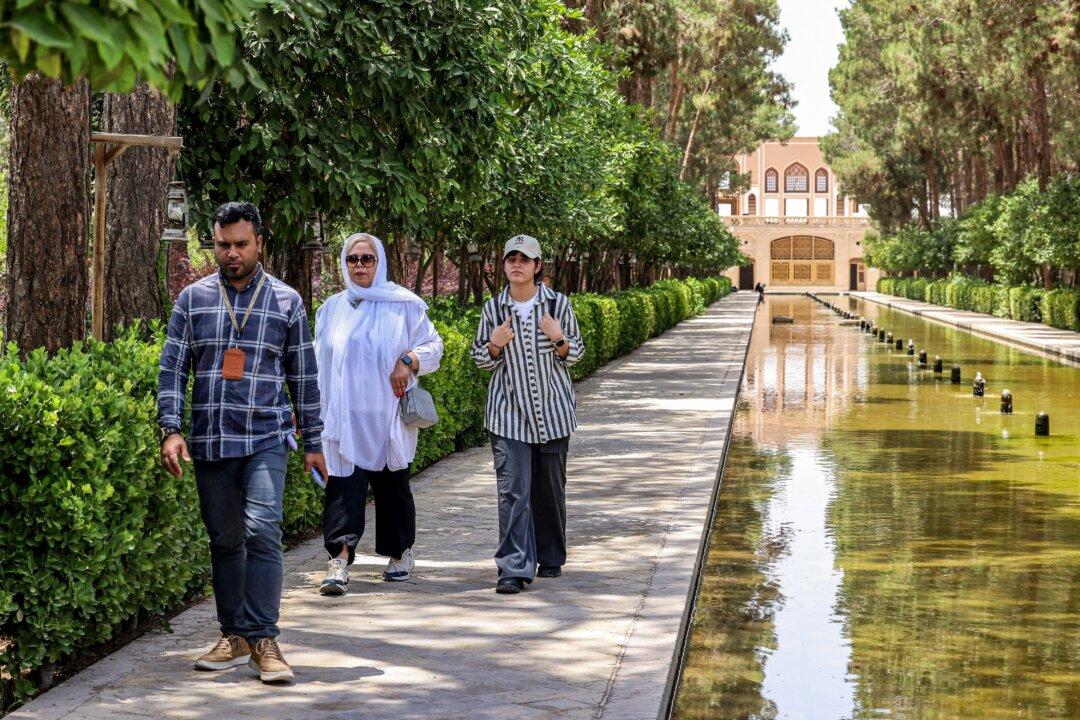Commentary
Whenever the Islamic Republic in Iran seems about to collapse, it manages to hold together. This seems to defy all normal rules, since the regime is extremely unpopular and widely loathed.

Whenever the Islamic Republic in Iran seems about to collapse, it manages to hold together. This seems to defy all normal rules, since the regime is extremely unpopular and widely loathed.